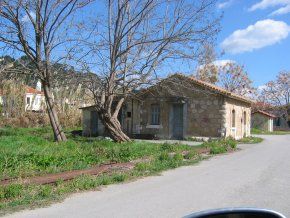Το αυστηρώς απαραίτητο cookie θα πρέπει να είναι ενεργοποιημένο ανά πάσα στιγμή, ώστε να μπορέσουμε να αποθηκεύσουμε τις προτιμήσεις σας για ρυθμίσεις cookie.
Εάν απενεργοποιήσετε αυτό το cookie, δεν θα μπορέσουμε να αποθηκεύσουμε τις προτιμήσεις σας. Αυτό σημαίνει ότι κάθε φορά που επισκέπτεστε αυτόν τον ιστότοπο θα χρειαστεί να ενεργοποιήσετε ή να απενεργοποιήσετε ξανά τα cookies.




